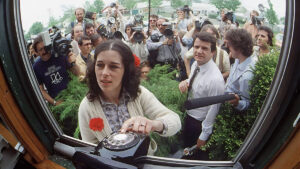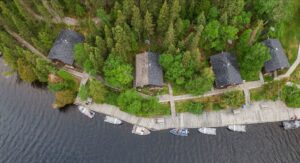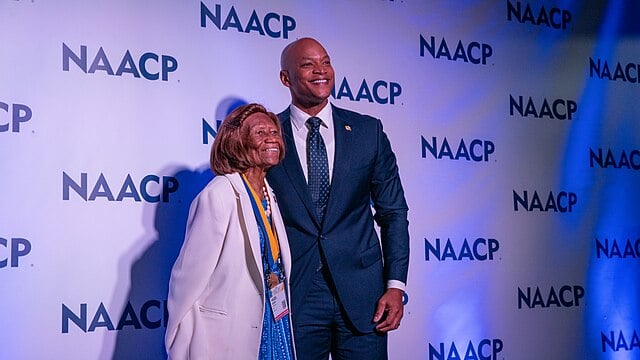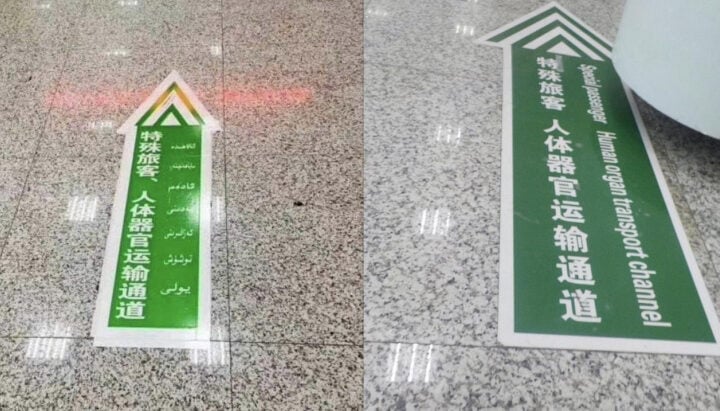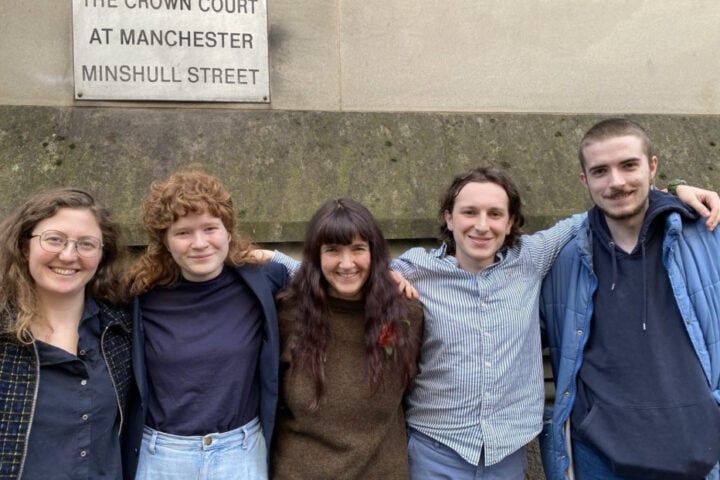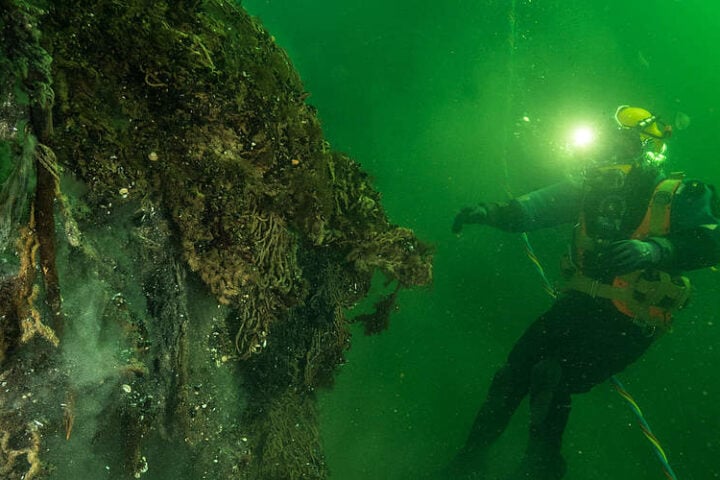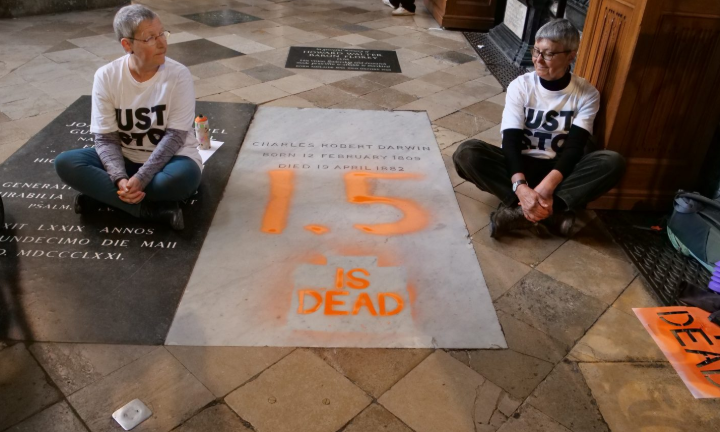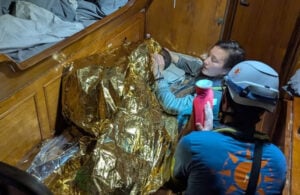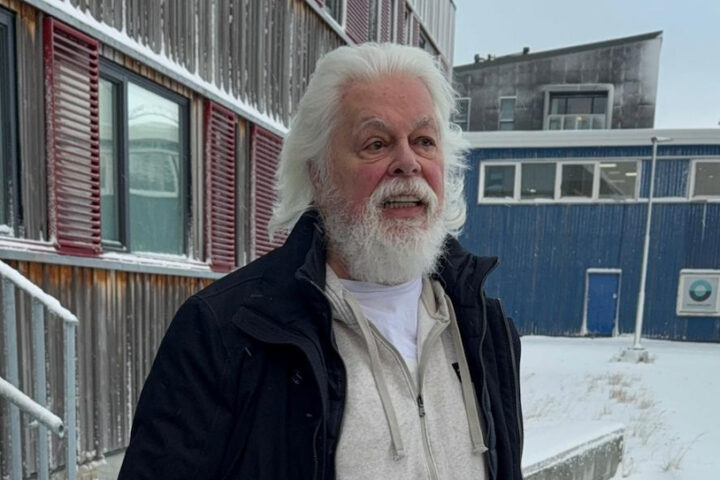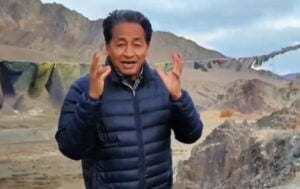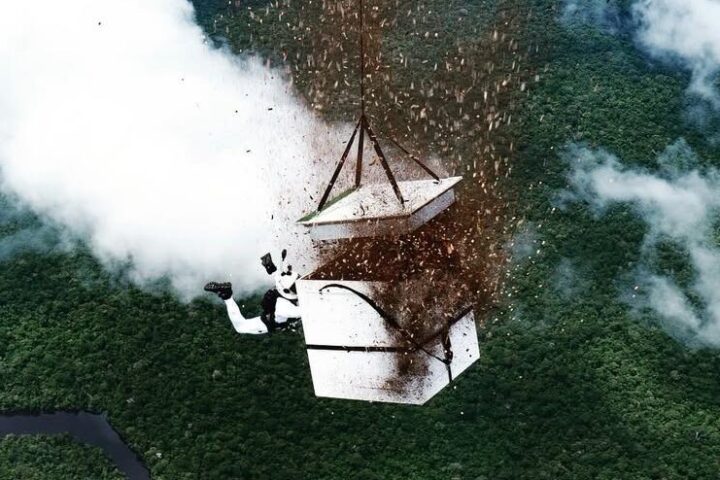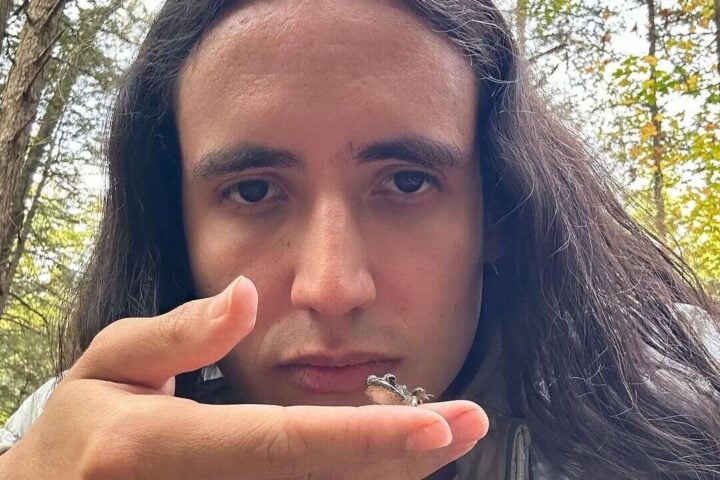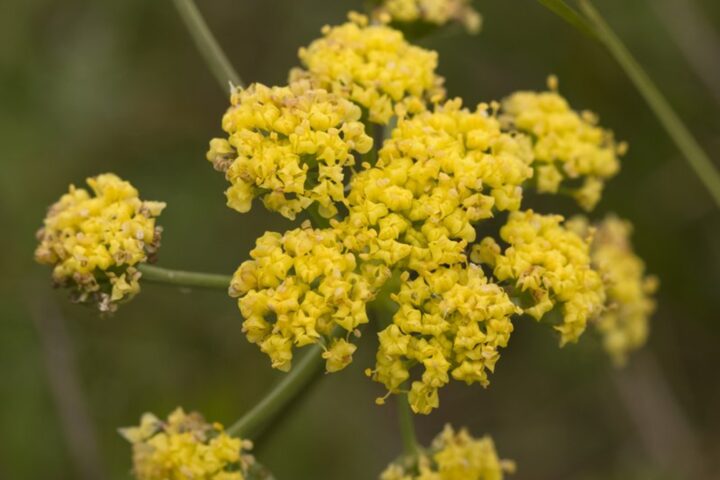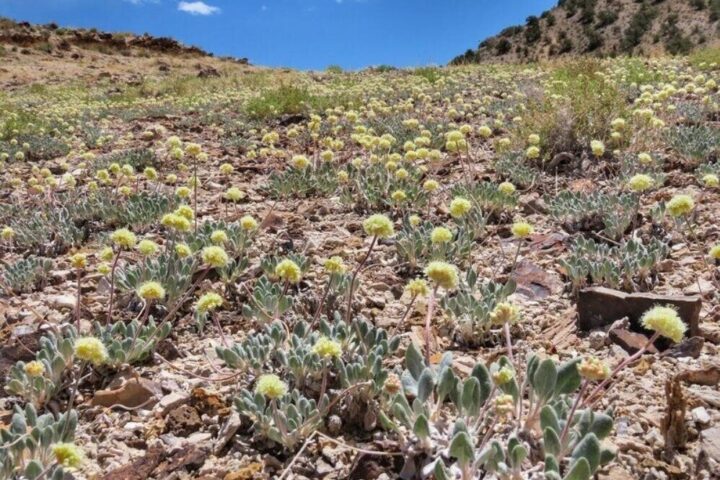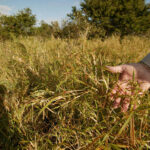Introduction
Lois Gibbs is an American environmental activist best known for leading the fight to protect families from toxic waste contamination in the Love Canal neighborhood of Niagara Falls, New York in the late 1970s. Her tireless grassroots advocacy led to the evacuation of 833 families and spurred the creation of the U.S. Environmental Protection Agency’s Superfund program to clean up hazardous waste sites nationwide. Gibbs went on to found the Center for Health, Environment, and Justice (CHEJ) to help other communities battling pollution.
From Concerned Mom to Activist Leader
Gibbs’ journey into environmental activism began in 1978 when she discovered that the 99th Street School her 5-year-old son attended in Niagara Falls was built on top of the Love Canal, a toxic waste dump containing over 20,000 tons of chemical waste. Worried about her children’s health problems and the unusual illnesses in the neighborhood, the 27-year-old housewife and mother of two began connecting the dots.
When the school board refused to transfer her son to another school, Gibbs took action. She conducted a survey of her neighbors and found high rates of birth defects, miscarriages, cancers, and other diseases. Equipped with this data, she formed the Love Canal Homeowners Association and began a relentless campaign to hold government officials accountable. Gibbs’ efforts included:
- Gathering over 833 signatures for a petition.
- Going door-to-door to mobilize the community.
- Leading protests and rallies to keep the issue in the spotlight.
- Testifying at high-profile Congressional hearings.
Despite facing dismissive attitudes as a working-class woman without a college degree, Gibbs persevered. After a two-year battle, her advocacy paid off when President Jimmy Carter declared the Love Canal a national emergency in 1978. The federal government eventually evacuated 833 families and began the cleanup process.
A Legacy of Empowering Communities
Fueled by the victory at Love Canal, Gibbs established the Citizens Clearinghouse for Hazardous Waste in 1980 (later renamed CHEJ) to help other communities protect themselves from toxic threats. For over four decades, she has led this grassroots environmental justice organization to provide assistance to more than 15,000 community groups across the country.
Some of CHEJ’s key initiatives under Gibbs’ leadership include:
- Training grassroots activists in organizing and advocacy skills
- Providing scientific and technical guidance to communities near polluting facilities
- Spearheading over 500 cleanup projects at contaminated sites
- Securing stronger environmental and public health protections through policy advocacy
Gibbs’ model of empowering ordinary citizens to stand up to powerful interests has been widely adopted within the environmental justice movement. As she explained to The New York Times, “The government and the corporations weren’t going to help us, so we had to help ourselves. We had to become our own scientists, our own lawyers, our own lobbyists.”
Similar Posts
Recognition and Lasting Impact
Gibbs’ groundbreaking work has earned her numerous accolades, including the prestigious Goldman Environmental Prize in 1990, 5th Heinz Award in the Environment for demonstrating the importance of citizen activists in protecting both the health of their communities and the environment as a whole. In 1998, and honorary degrees from universities around the country. She has authored several books on the Love Canal story and continues to be a sought-after speaker and strategist.
More than 40 years after Gibbs started her improbable journey, the effects of her activism are still being felt. Love Canal became the catalyst for the creation of the EPA’s Superfund program, which has identified over 40,000 hazardous waste sites and helped clean up over 1,700 of the most dangerous ones. Hundreds of state and local policies regulating waste disposal and cleanup have also been enacted.
Conclusion
Lois Gibbs’ story proves that ordinary citizens have the power to achieve extraordinary things when they band together to fight for environmental justice. Her tireless advocacy on behalf of families exposed to toxic pollution has inspired generations of activists and led to concrete policy changes that continue to protect public health and the environment. As the climate crisis and other ecological threats loom large, Gibbs’ model of grassroots organizing is more relevant than ever to hold polluters and governments accountable.
